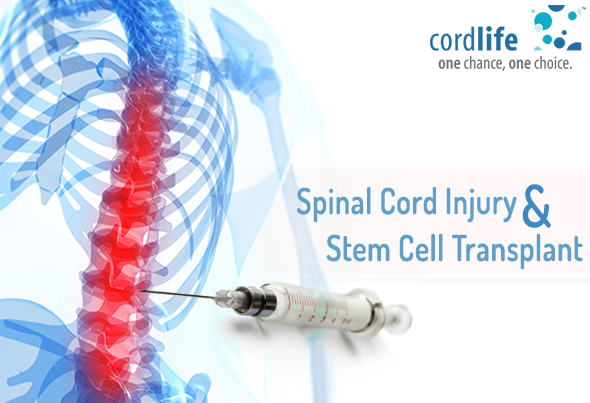Table of Contents
Conservative estimates suggest that the incidence of spinal injuries in India would be around 20 per million with 2,500 fresh cases added every year, often as a result of road accidents, says an article published in The Hindu in August 2013[1]. Spinal cord injuries can cause incomplete or complete non-functioning of the spinal cord. Spinal cord acts as the mediator between the brain and body. The use of stem cell therapy for spinal cord injury may repair the damage.
What is Spinal Cord Injury?
Spinal cord is protected by the vertebral column. When the vertebra is dislocated or injured, it may put pressure on the spine. Physical trauma to the spine is considered to be the most common form of spinal cord injury. Injury to the spinal cord could be caused due to compression through a tumour, infection or inflammation. Injuries can occur at any level of spinal cord. The segment of the cord injured and the severity of the injury will determine the body functions that are lost.
Symptoms
The symptoms depend on whether the spinal cord has been partially injured or completely injured. In a partial injury, patients may have some functions below the level of injury while in complete injury, they have none. Injuries to the spine may result in loss of muscle function and sensation from below the point of injury, loss of control over bowels and bladder and loss of normal sexual function. Injuries near the cervix may cause difficulty in breathing.
Treatment
Injuries to the spine are not usually diagnosed immediately. Any injury like pelvic fractures, penetrating injuries in the area of spine should be considered an alert sign. A CT (Computerized Tomography) scan may be used to determine the depth of a spinal cord injury. Injuries where there is minimal or no damage to the nerve cell and is pressure induced may allow full recovery. A host of treatments are undertaken to control the body function anomalies resulting from a spine injury. There is no cure to injuries to the spine as of now. Research in the field of stem cell therapy for spinal cord injury brings new hope. Neural stem cells offer the potential to replace injured nerve tissues. There are many clinical trials for the same as well. A paralysed man was able to walk again after a stem cell therapy for spinal injury by a team of UK researchers, says an article published in BBC News in October 2014[2]. Another patient in San Diego, US was successfully treated through a neural stem cell transplant according to a Press Release by Neuiralstem Inc. in October 2014. Therefore, the benefits of cord blood banking are only growing as medical science progresses, making it a wise choice for parents to invest in it.
[1]http://www.thehindu.com/sci-tech/health/few-steps-forward/article4978239.ece
[2]http://www.bbc.com/news/health-29645760
